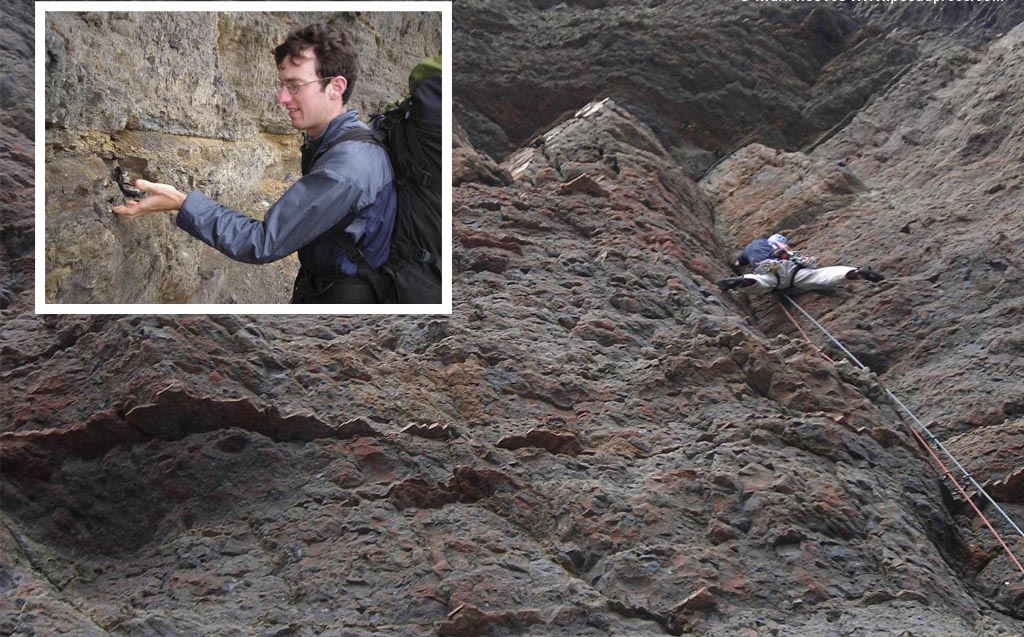This may seem like teaching your grandmother to suck eggs, but taking time to increase our awareness of risk and safety is often overlooked. It’s common sense, when you look at a hazard (like being high off the ground) and the risk (of falling) you will consider ways to reduce the risk.
Many of the dangers at the crag can affect the climber, the belayer and even bystanders. So it is important to keep an eye on the situation around you as it develops and adapt your plans to suit. The key to climbing safely at the beginning of your climbing career is to choose the right crag, grade and route.
Choosing the right climb may seem difficult. Guidebooks are a starting point but local knowledge can be invaluable, so talk to people you meet at the crag or wall, the sales assistant in an outdoor shop and instructors or outdoor centres, most will happily give advice on venues. Eventually you need to assess a crag or a route’s suitability for yourself. Often, just by being aware of a hazard will greatly reduce the risk of an accident.
Its the risks you don’t know you are taking that are likely to kill you.
We’ll consider a simple break-down of top roping, lead climbing and bouldering. The hazards, the likelihood of an accident, any measures we can take to reduce the risk and the residual risk after we’ve taken action. Many of these things are common sense.
You may find the technical side of climbing daunting, but by becoming more aware of risk, ropework and sound judgement you’ll become a safer climber. With regular practice, these skills will become second nature and your safety will increase. Spend time learning ropework and safety skills from a professional instructor or centre. This is one area of your climbing for which there is no substitute for informed instruction.
Links to Subjects in the Section
- Basic Climbing Equipment
- Basic Equipment Maintenance
- Basic Climbing Safety: Indoor Rock Climbing
- Climbing Knots
- Basic Climbing Safety: Basic Belays
- Gear Placements – Nuts, Rocks and Wires
- Gear Placements – Hexes and Tri Cams
- Gear Placements – Rock Spikes and Threads
- Gear Placements – Metal Spikes, Pegs and Bolts
- Gear Placements – Trees
- Gear Placements – Camming Devices
- Gear Placements – General
- Equalising Two Anchors
- Equalising Three Anchors
- Top Rope Edge Protection
- Trad Climbing Belay
- Belaying from the Top of the Crag
- Basic Climbing Safety: Lead Climbing
- Basic Climbing Safety: Bouldering


